In a present that is rapidly being dominated by the advance of digitalization and where we perceive everything through images on our screens, it is becoming increasingly difficult for us to differentiate what is real from what is artificial. We need to reconnect, that's why we look for authenticity.
We associate perfection with artificiality, with retouched images or images created using artificial intelligence, with perfect lives, wealth and glamour, disconnection from reality. The real today is imperfect, chaotic and disordered, like Julia Fox's home.
We are living an era of social change, economic inflation, war, loss of confidence in political institutions, we demand a fair living without having to work to exhaustion. That uncertainty and unrest feeling is manifesting in images that can be disturbing in fashion and advertising.
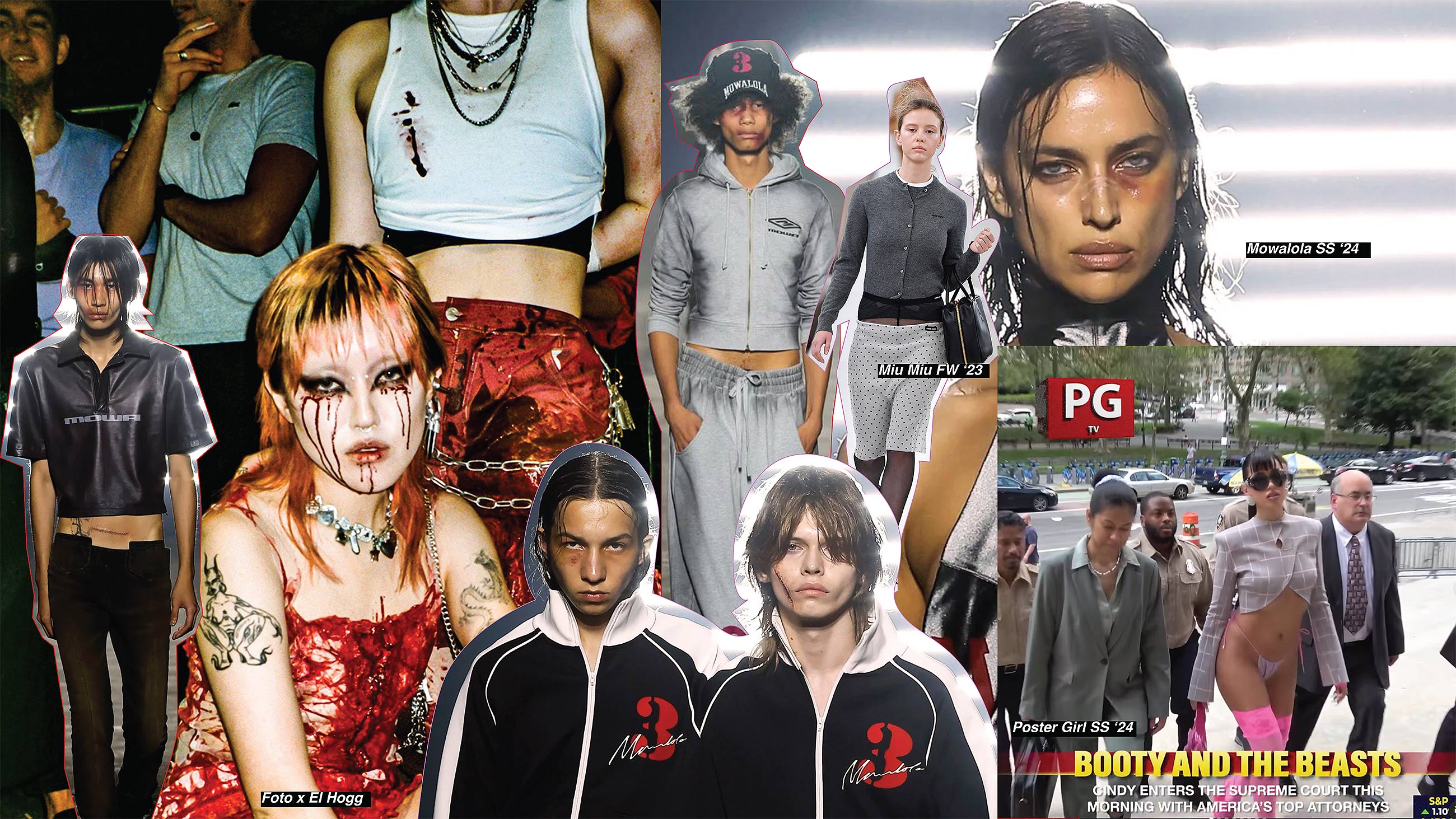
Under the shiny layer of pastel colors and perfection of recent years, aggravated by social media, we get the feeling that everything is cracking.
Just like it happened in the second half of the 2000s and early 2010s, when another economic crisis swept away pink trends, blondes with perfect lives and Y2K mcblings to be replaced by tons of eyeliner, black mascara and red lipstick. And if it was with an all-nighter effect, even better.
The aesthetics of sweaty dancing all night that represented an artistic and musical scene and brought excitement back to youth. A time of excess, not only in makeup.
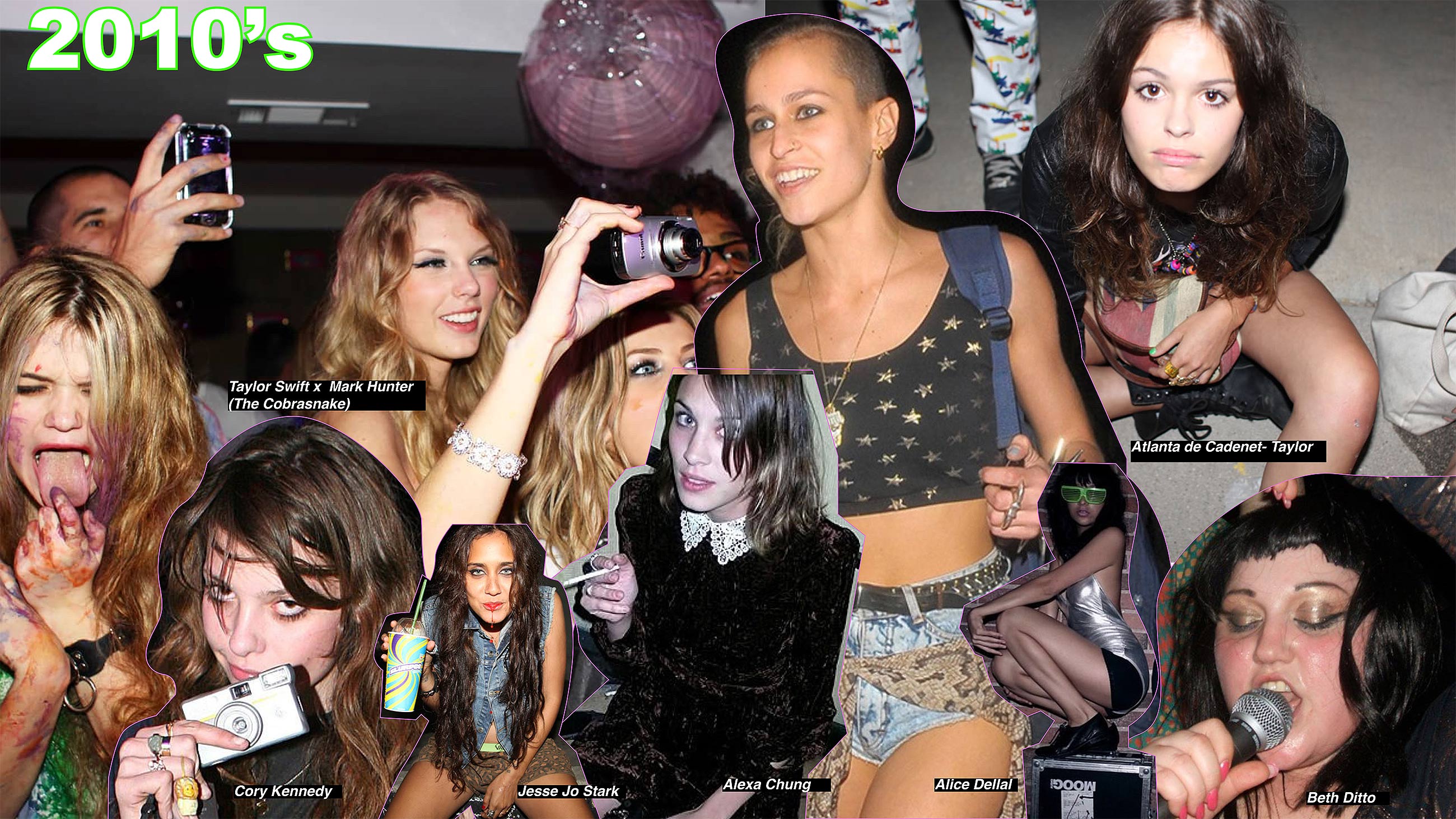
The YOLO era portrayed by the flash of party photographers like Mark Hunter, who posted on his blog thecobrasnake.com a gateway to this incredible world of "what had happened the night before" and that turned ordinary people who were simply having a great time into internet stars. Like Cory Kennedy or the musicians and DJs of the time, such as Leigh Lezark from the Misshapes. Muses of ripped stockings like Alice Dellal, or Agyness Deyn and designers like Henry Holland.
The first personal platforms appeared on the web, everyone could create a Tumblr, MySpace or a blog, from where they showcased their world and connected with strangers on the other side of the planet.
Communities are created based on common interests, dissociated from the physical plane for the first time, which is how we continue to relate today. There was an innocent playful feeling and everything was done in a more rudimentary way. The DIY that worked for a blog, a fanzine, a club in Brooklyn or a band.
Keeping composure was long gone, and hedonism came as a new way of showing oneself as we were: full of excesses, rock, torn t-shirts, Cheap Monday skintight pants and anything that came labeled as American Apparel (before the scandals). A trashy look very similar to 70s rock and punk.
Magazines and the advertising industry nurtured from this casual and provocative style, to the point that many advertisements were censored. And the fashion photo trend was that of everyday scenes without embellishments or retouching, and head-on flashes portraying models as unsuspecting no-models in bed or in the bathroom.
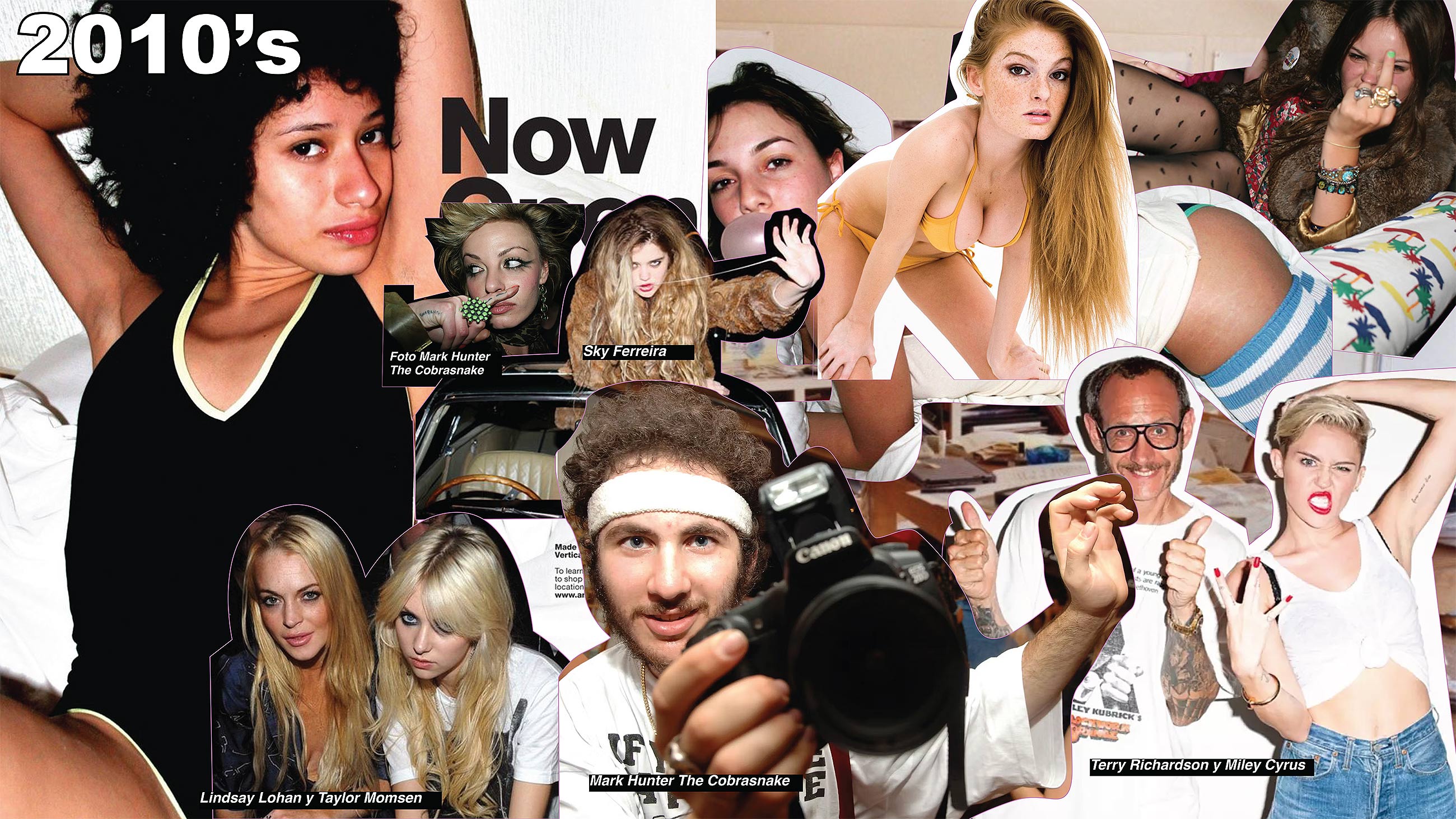
Photographers who were celebrities themselves and attended all the parties, like Juergen Teller or Terry Richardson; the latter being banned after many sexual harassment accusations.
Photographers who in turn drew from the intimate photography of previous decades by photographers like Nan Goldin, with hypersexualized images, disorder (like la oficina de Soffia Coppola) and chaotic reality where nothing mattered much.
Another ultra-sexualized, controversial and explicit era in cinema and advertising was the 70's.
An era marked by another economic crisis, by violence, the Vietnam War, dictatorships and cities like NY that were practically bankrupt, where society leaves behind the explosion of innocence, joy and carefreeness of the youth of the “swinging 60s” to embrace punk, rawness and violence.
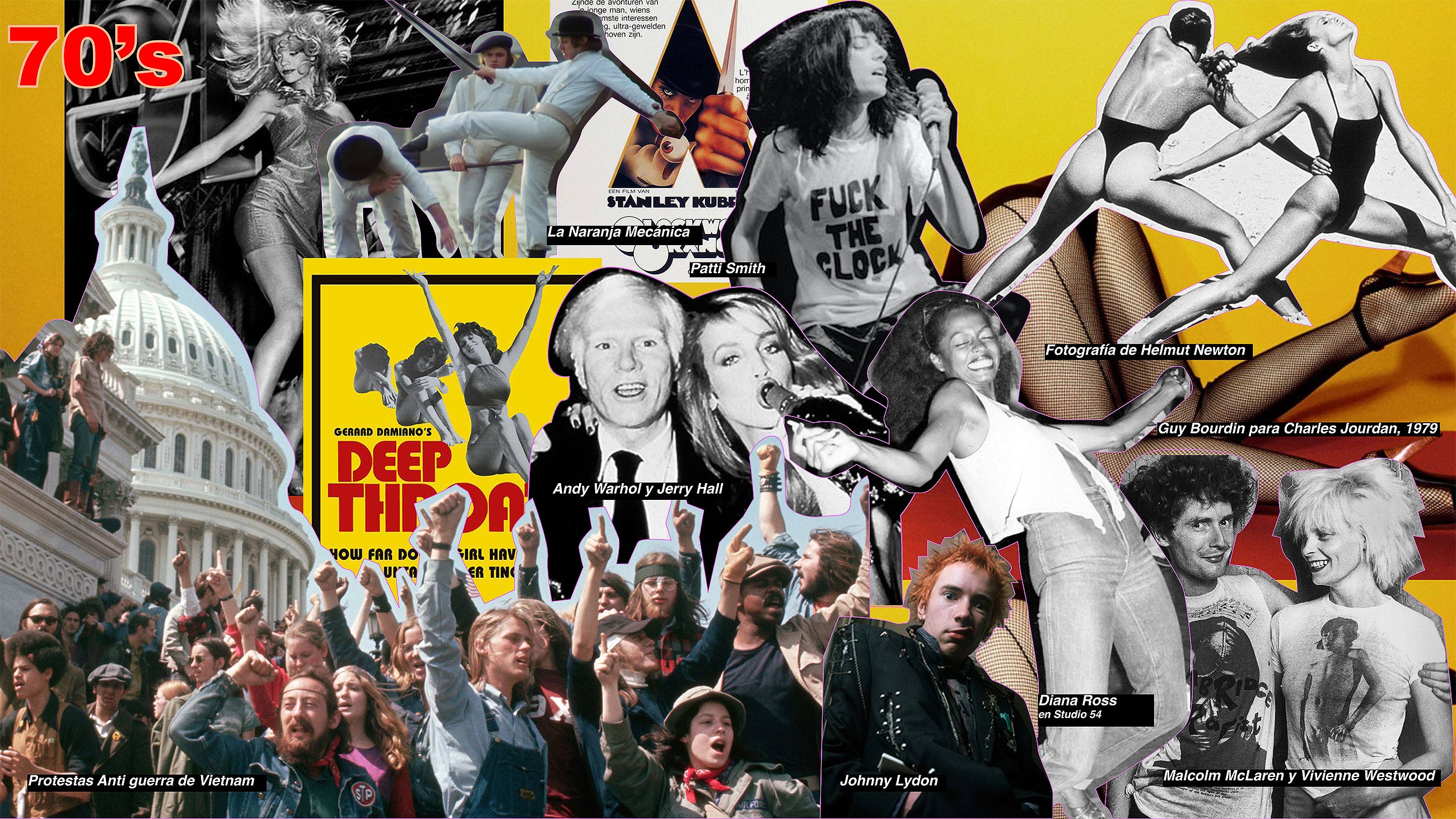
Key to this era is the DIY communal spirit, which made it possible for great bands, magazines and iconic films to be born with few means. The cinema portrayed a disturbed and violent society, pop is replaced by punks shouting “No Future”.
And contrasting with that threatening feeling of the time, the hedonism of the dance floor, disco balls, glitter (did someone say “disco pants?”) and performance. Liberation in the form of dance, partying and music, like the parties of what we now know as the “Indie Sleaze” of the late 2000s and early 2010s.
The 70s also had its moment of chic porn, hypersexualized advertising and fashion photography that verged on the erotic (like Helmut Newton and Guy Bourdin) and cinema with blockbusters like “Deep Throat”
Going through today's filter, we see once again these images of violence and explicit sex, and we get that feeling of chaos and reality, of danger and defiance of social standards. Of villains instead of perfect blondes. Perhaps in response to the unresting anxiety generated by the present around us, we want to show the dark side of things.
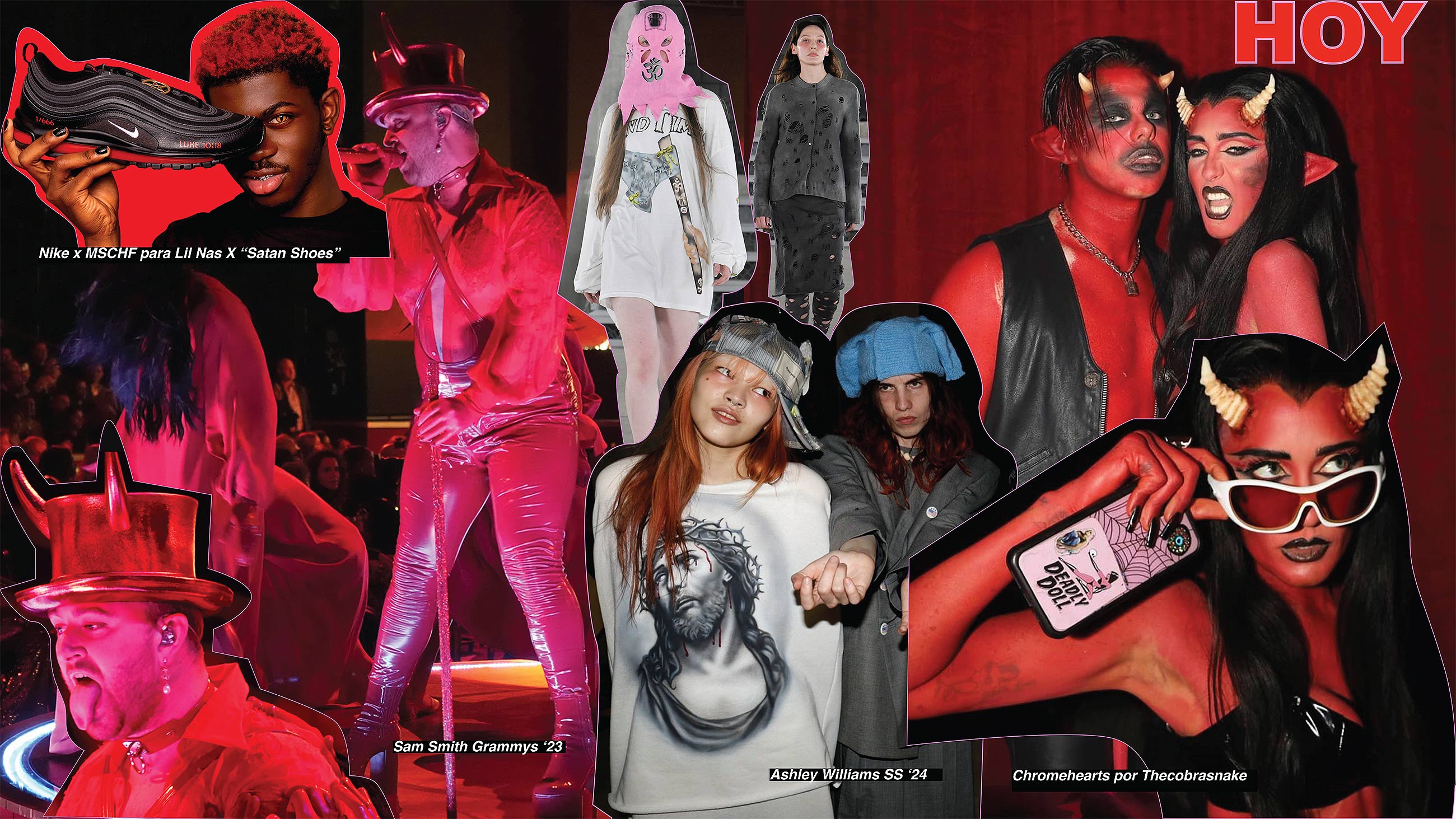
The Mowalola SS24 runway sparked controversy (miniskirt with the flag of Saudi Arabia apart) for the makeup of the scarred models, the blood and bruises. He was criticized for glamorizing physical violence. The designer said that for this collection she was inspired by David Cronenberg's erotic thriller “Crash”, and the fetishization of pain.
Clothes that seemed to come out of a crash, splattered with dirt and blood. Or the Elena Velez runway where the models fought and dragged themselves through mud. These are just a couple of examples of our feelings about our present being far from calm and happy.
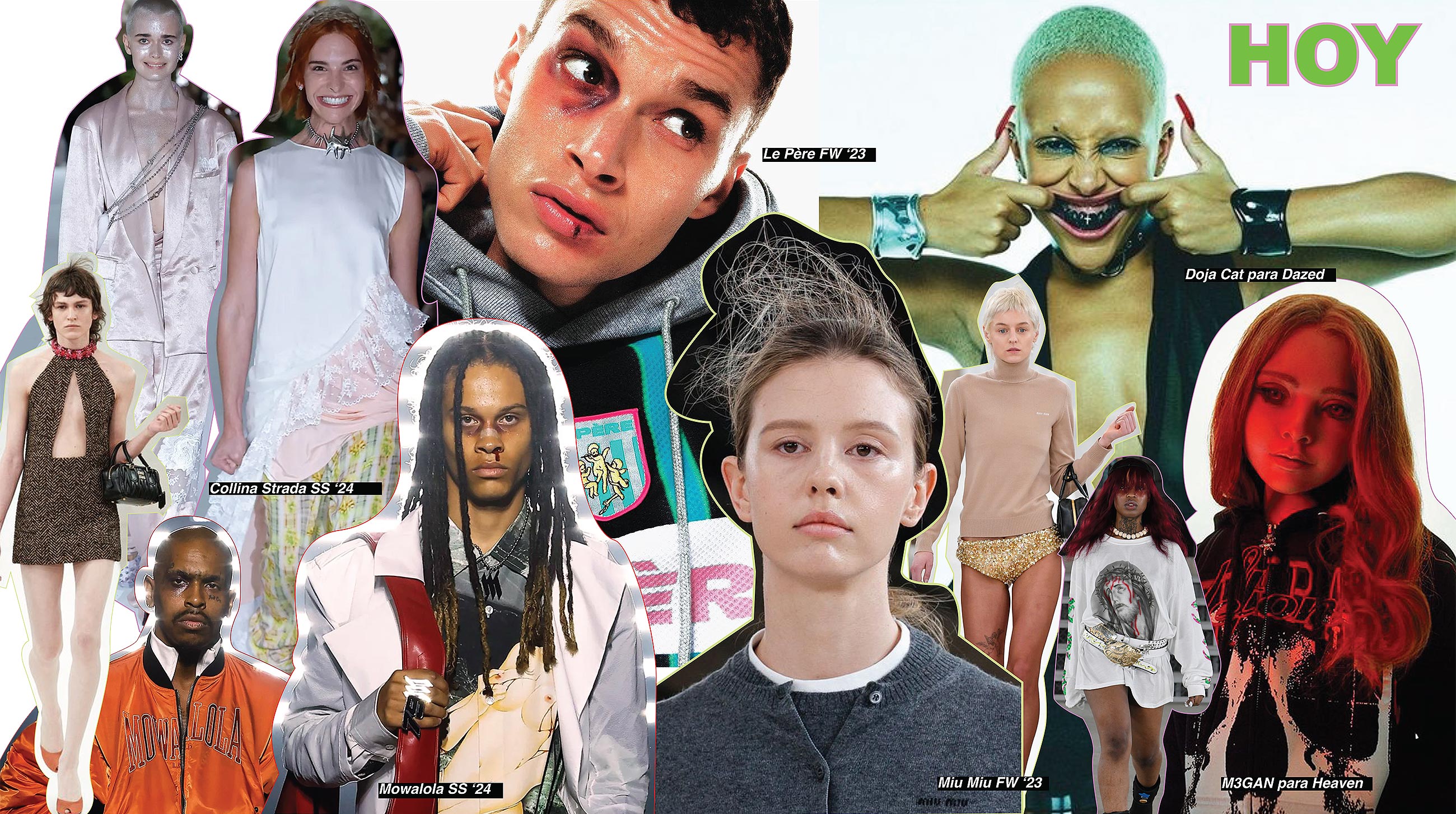
We glimpse the beginning of this in the Miu Miu FW´23 runway, as always Miuccia is ahead of everything. The models were perfect and elegant, but with their hair disheveled and electrified. As if they themselves or someone else had messed it up, but hadn't bothered to fix it back. And this subtle detail was disturbing: Why didn't that impeccably dressed model bother to fix her messed up hair? Why was she holding on to her bag so tightly?
As if beneath the perfection, elegance and sugar-coated reality, there was a volcano about to explode.
